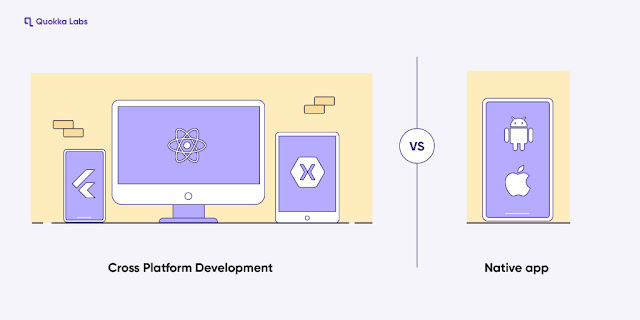Benefits of an MVP ( Minimum Viable Product) with Flutter:
 |
An MVP (Minimum Viable Product) is the most basic form of a service or product that users can make available. Because you need to test your idea as a natural product (a web page, a video with no working product at all, or a mobile or desktop app) to get some user data or insights and add or remove features, among others. In other words, a kind of guinea pig that, if nurtured properly, will gradually become a successful product like Uber, Twitter, or Groupon. That’s because it is no longer about the result but everything involved and connected to the idea and its execution. Thus to compete in the market, you need to focus on factors crucial to your app’s success - cost, real users, UI/UX, app performance, and others. With that, you also need help from an app development company to help you build a Minimum Viable Product (MVP).
Why is it necessary to create an MVP?
If said, an MVP acknowledges business owners to validate their idea, gather users’ feedback, and identify customers’ needs. It assists you in avoiding market failures and investing more money in a product that has no proper backing from market research and surveys. Creating an MVP helps you in many areas. Some of them are listed below –
- Understand what the market needs: In other words, an MVP assists you in fulfilling the users’ requirements and market needs.
- Low cost to test the idea: An MVP’s main objective is quickly gathering as much information as possible on a proposed product.
- Reduce the risk of market failure: Because your team works with the target audience and gets reliable feedback, they adjust your product to the user’s needs. It reduces the odds of failure during product launches and raises the chances of success.
Benefits of developing an MVP with Flutter
The secret of developing cost-effective apps lies in reducing development efforts and time. The less time it takes to develop an app, the lesser the overall app development cost charged by a mobile app development company. And the best tool for cost-efficient MVP development is Flutter.
Let’s see what makes it ideal to choose Flutter.
Cross-platforms like Flutter make it easy for you to attract users, potential buyers, and investors because of Flutter’s following features:
- It is straightforward to learn Flutter application development because of the C - like Dart programming language.
- In Flutter, you write code once and use it across platforms.
- It is efficient to write code and test your app using Flutter IDE.
- With Flutter’s “Hot Reloading” feature, you can quickly make changes to your code.
- Flutter has a “User-Friendly” UI.
- It’s easy to set up and maintain.
- Flutter comes with Google’s Firebase support for any backend needs.
- Rich widgets and interactive materials in Flutter application development help you create minimalistic UIs in high demand today.
- With Flutter, you can also build serverless apps.
Now that you know Flutters’ features, let’s see the benefits you get if you combine it with the MVP approach:
- Build more in less time.
- Build more at less cost.
- Only one development team would do it all.
- Stick to your desired functionality.
- Scaling-up is fast.
Concluding Remarks
A combination of cross-platform like Flutter application development and the MVP first approach has been finding a part of every talk on time-saving mobile app development strategies. Their variety is ideal for startups that are out to test the waters before a full-fledged app launch. This combination also strengthens their journey to go big. At Quokka Labs, we follow a similar approach to deliver market-disruptive solutions to our clients. QL is the team to get in touch if you’re out to build one of your own For the latest updates, follow our blogs and social media channels and give wings to your budding idea.




Comments
Post a Comment